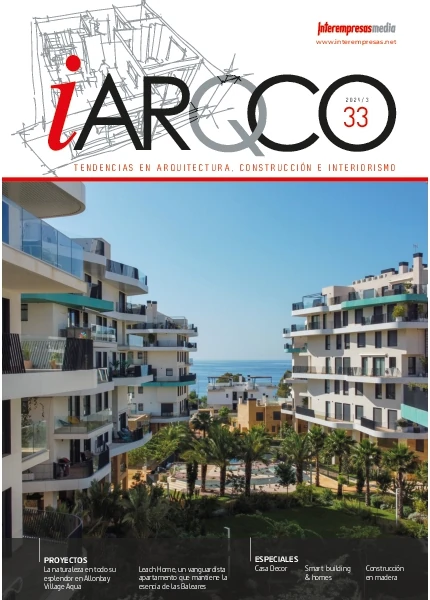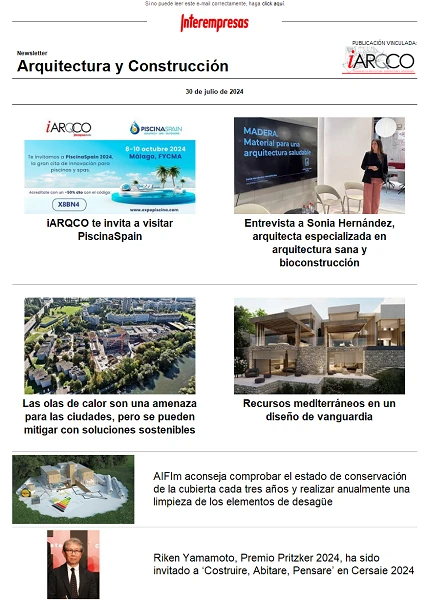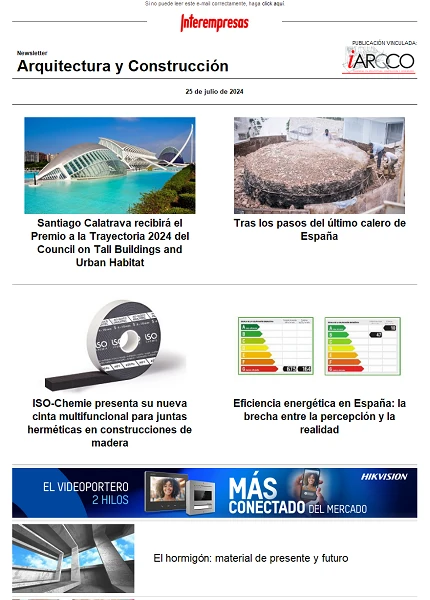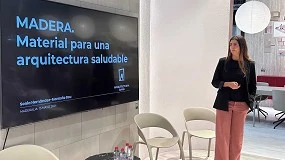With nanotechnology corrosion inhibitors
September 19, 2011
Within the strategic lines of the Institute's research emphasizes research line of smart materials, which develops products and nanomaterials able to respond to an external stimulus, counteracting the harmful effects this change produced in the material. Part of the research in this field is carried out in collaboration with the Valencian company Cyes. Cyes is a business group dedicated to the comprehensive infrastructure management with more than 30 years of experience operating in the fields of construction, the environment and services, concessions and natural resources. The work focuses on the development of a new system for the "intelligent" prevention of corrosion caused by chloride anions. The system is based on the incorporation of agents inhibitors of corrosion on the inside of nanostructures, so that there is a process of controlled release of this inhibiting agent, in response to the increase in the concentration of chloride within concrete.
The costs associated with corrosion phenomena represent an important part of the gross domestic product (GDP) of all developed countries. Studies carried out on the economic impact of corrosion show alarming results. For example, from 1999 to 2001, United States had a total annual costs caused by the corrosion of $ 276 billion, representing 3.1% of GDP. Because of this, it is extremely important to develop preventive methods to prevent the emergence of these processes.

Corrosion inhibitors have been used widely for decades, although their use as additives for concrete is more recent. An ideal inhibitor is defined as "the chemical compound that added in quantities adequate to the concrete, can prevent corrosion of embedded steel and has no adverse effects on the properties of the concrete".
Aidico approach has been to "develop a reserve intelligent inhibitors of corrosion in reinforced concrete", which can be released only when there is danger of starting the processes of oxidation of the armor (Figure 1). The system therefore acts as a sensor of chloride ions and also responds in active or intelligent way to the stimulus with the controlled release of corrosion inhibitor agents. In addition to the own inhibitor effect, a parallel response is encapsulation or capture of chloride ions, which will mean the effective reduction of the concentration of chloride ions soluble within the concrete matrix. The additive maintains sufficient inhibitory capacity to provide effective protection for the lifetime of the concrete, and also releases the inhibitor at a speed and enough concentration to protect the reinforcement of the concrete bar. The additive nor alter the properties of the concrete.

The usual procedures for measuring the corrosion in reinforced concrete consist of the extent of the potential and corrosion rate. The potential of corrosion measurements were made with a potentiostat-galvanostato (Figure 2). Electrochemical measures have consisted in the measurement of the potential to open circuit (OCP) according to the standard ASTM C 876 for the determination of the potential of half cell, with a saturated calomel electrode (SCE).
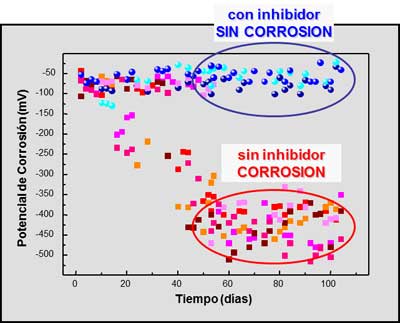
All the probetas that contain the inhibidor nanoestructurado present potentials of corrosion with upper values (less negative) to - 100 mV, indicating in accordance with the norm ASTM C 876 that in this case the probability to produce processes of corrosion is inferior to 5%, whereas the probetas tested without inhibidor of corrosion in these same conditions, present from 50 days some lower potentials (more negative) that - 400 mV, indicating a probability to produce processes of upper corrosion to 90% (figure 3).
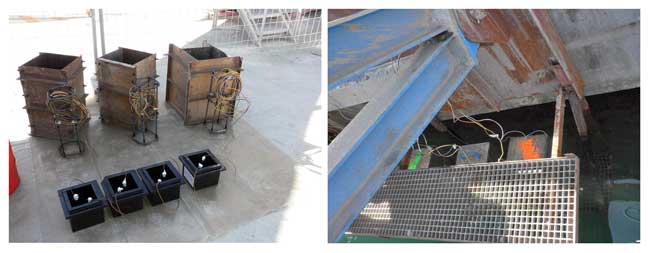
Currently is being carried out trials in real conditions in the facilities of the company Cyes at the maritime port of Sagunto, preparing test tubes of concrete and leaving them in seawater to assess their behaviour in terms of real exposure (Figure 4).
Aidico belongs to the network of technological institutes of the Valencian Community (Redit) and is driven by Ministry of economy, industry and trade.



